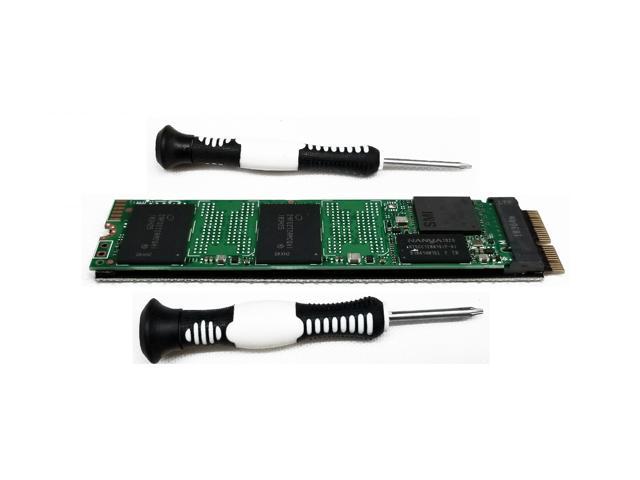


Now, set up the external with a basic account that you can get booted to the finder. Now, "aim" the installer at the EXTERNAL drive (NOT at the internal drive). When that's done, quit DU and re-open the OS installer. "Aim" DU at the external drive and initialize it for HFS+ with journaling enabled Quit the OS installer and open Disk Utility. You should get the installer "up and ready", but don't use it yet. You need either an external hard drive OR a USB flash drive 16gb or greater. Things might go better if you put together an EXTERNAL drive with a copy of the OS on it that is "bootable to the finder". Can I do something in terminal or do I might as well toss this computer out?Īlso I haven't installed OSX High Sierra on my new 80 gb hard drive, but I'm able to if nessecary. Then I accidentally deleted my Toshiba Disk along with the Macintosh partion, and created a new Toshiba Disk but only with 80 GB!!! Where the hell did the 240GB of internal harddrive go?! I supect it's in free space, but I'm no expert. I restarted my Macbook into recovery mode, and went in to Disk Utility again. Now my Macintosh HD partition still says 80 gb even tho the Toshiba Hard Drive says I have 320gb. I resized the partition where my OSX High Sierra is (let's call that partition Macintosh HD) to just 80gb of the 320gb available storage I have.Īfter finding out that I couldn't install Windows 10 on my MacBook Pro I went ahead and deleted BOOTCAMP partition. I made a new partition in Disk Utility and called it BOOTCAMP (For my Windows) As I'm planning to use Windows a lot from now on, I decided to make it take up a lot of the space.

So I was trying to install Windows 10 via Bootcamp on my MacBook Pro (2011).


 0 kommentar(er)
0 kommentar(er)
